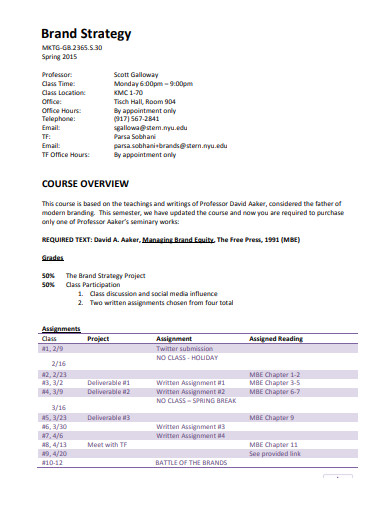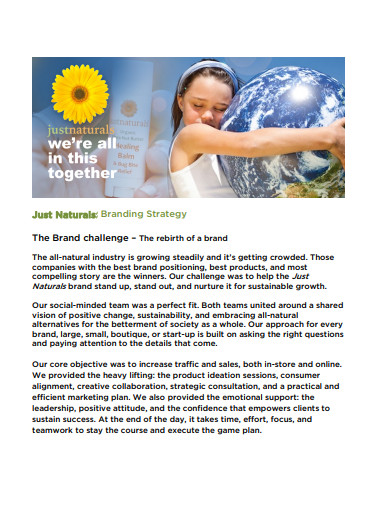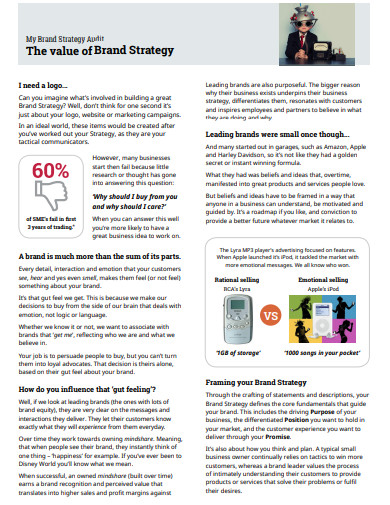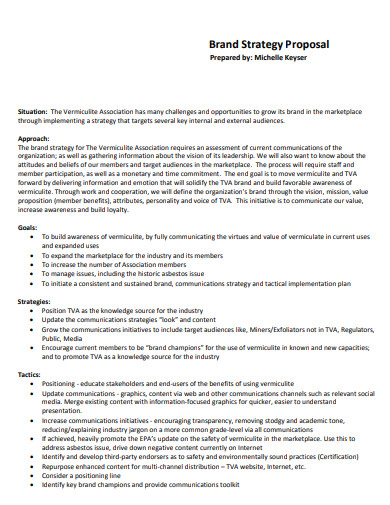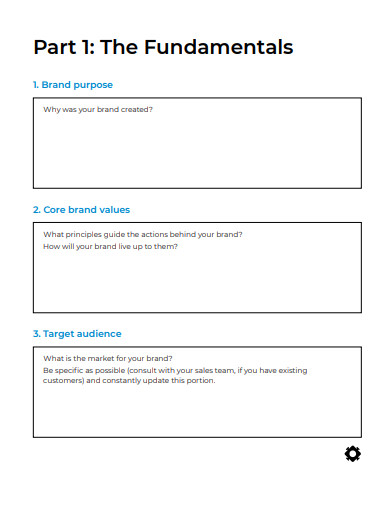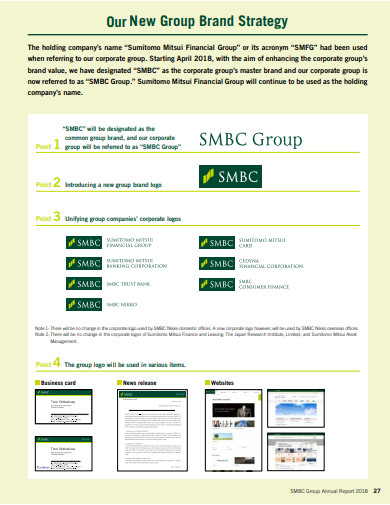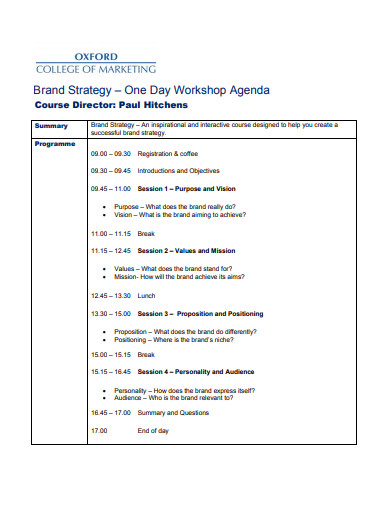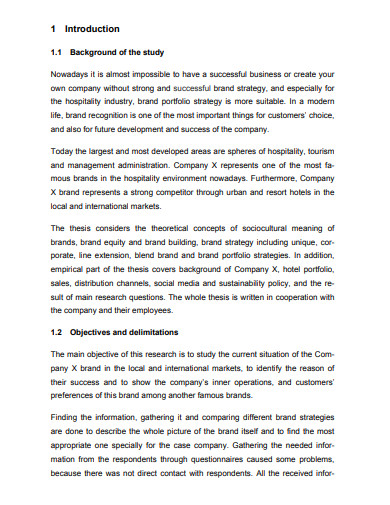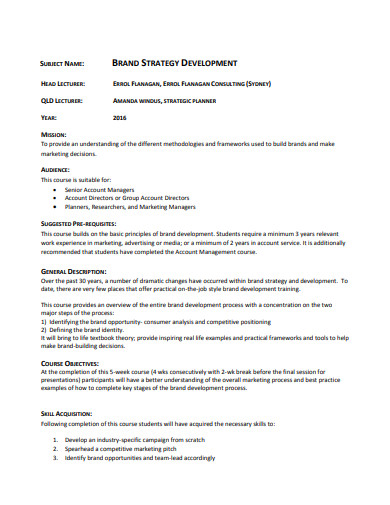10+ Brand Strategy Examples to Download
What comes into your mind when you hear the word ‘Coca-Cola?’ Do you think of business and marketing or other intangible things? If you agree with the latter, then you’re more or less under their spell. How? Well, the motto of the company is “Sharing and Happiness.” In this way, they ensure both individual focus and contagious happiness that makes every individual appreciative of the brand itself. Now that’s the success of Coca-Cola. Are you ready for your success? Check our brand strategy samples today and learn how to create yourself and see your company’s success.
10+ Brand Strategy Examples
1. Brand Strategy Roadmap Template
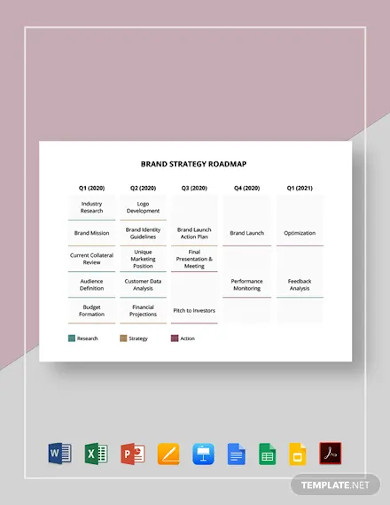
2. Brand Strategic Plan Template
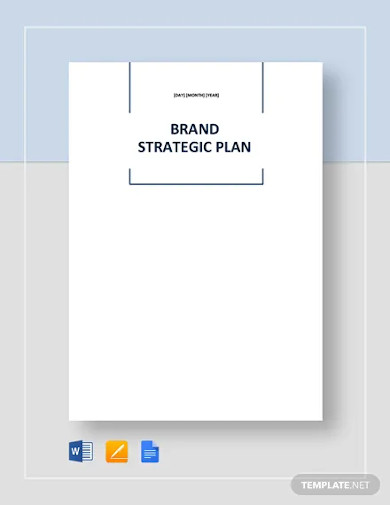
3. Brand Strategy Template
4. Sample Branding Strategy
5. Brand Strategy Audit Template
6. Brand Strategy Proposal
7. Blank Brand Strategy Template
8. New Group Brand Strategy
9. Marketing Brand Strategy
10. Company Brand Strategy
11. Brand Strategy Development
What Is a Brand Strategy?
In simple terms, a brand strategy is a type of plan that a company creates to ensure that people outside of the company sees the brand as what the company wants to be seen. It involves creating a strategic process that communicates a brand’s biased concept over its competitors and other companies. In this way, people choose the product or service amidst dozens of competitors.
What are the 4 Brand Strategies?
There is nothing definite in the world. Instead, change is the only constant thing. This remains true with any business strategy or design. Nonetheless, it is not a secret that out of the endless concepts all around us, a few stand out. Listed below are the tried and tested brand strategy that will help you achieve your goals.
-
Line Extension
The Line Extension Brand Strategy is all about keeping potential customers by answering their needs. This method includes creating an extension of the current products to create customer satisfaction. Some of these line extension products include Mr. Clean Clean Freak, iPhone 6Plus, and Nisan Leaf.
-
Brand Extension
Brand Extension Strategy is a brand strategy that expands or stretches a brand by providing another product or service using the same name. An excellent example of this is FedEx and its subsequent services, such as FedEx Ground and FedEx Office. Starbucks is also doing this by creating the VIA line.
-
New Brand
As the name suggests, New Brand Brand Strategy creates an entirely new brand and product. However, this can be a costly venture that involves creating a new business strategy and products. An example of this is GAP, Banana Republic, and Old Navy. Although they’re all in the clothing business, they nonetheless are different categories within.
-
Multibrand
Multibranding is a strategy that creates many avenues for profit but may result in lesser sales for original products. Procter and Gamble (P&G) is one of the best examples of this as they have at least five shampoo brands. Which means lesser profit for a single product line but provides greater profits overall. Providing the customer with the freedom to choose while the sales are still going to the same company.
How to Create a Brand Strategy
Since you know the different types of brand strategies, it’s time to learn about the basic brand strategy to start your company. Although this is a step by step process, you may skip some if you feel like you don’t have enough time yet. Check this guide below.
Step 1. Create a Sense of Purpose
According to the popular social media website, Facebook, its mission is to “…bring the world closer together.” This declaration is huge, and that’s what they’ve been doing since its launch. So, with your company, what do you think is your purpose? You should make sure that this is concise and proper and tells all about your company’s purpose.
Step 2. Establish Philosophy
The establishment of your company’s philosophy will be important in the long run. Some people may call these core values also. So, if you find philosophy too much, try core values. With these things, you can be sure that you’ll fulfill your purpose, and the customers will be buying your products because of it. One of Google’s core values states that “The need for information crosses all borders.” To which, we can effectively tell that they’re fulfilling it. So, whatever philosophy your company has, make sure that it’s something you can live for.
Step 3. Construct a Brand Personality
What do you imagine when you hear the word KFC? It might be hot food and busy people, but sometimes you also think of Colonel Sanders, right? Not because he’s the mascot, it’s because he’s the brand personality itself. However, if you’re planning to make a mascot, you can also do it. A Brand Personality is a personification of your company’s purpose and values. If you need to, you can even try a full character to rationalize the personality.
Step 4. Establish Positioning
Here, you can specify the things that can make your company stands out from the competitors. Reason out the benefits why would your customers buy your product or choose your service other than it can do what it does. For example, if your company produces a keyboard for computers, you generally want something that people can use to write digital. However, if you add a benefit that only your product can provide, you can be sure to monopolize it. This proves true to even other business fields such as communication, real-estate, education, and transport.
Step 5. Create an Identity
No, we’re not talking about Jason Borne or any individuals within this department. This is about your brand identity. This area is the more visual style of your whole brand strategy. You can use this both on your social media posts, like blogs and infographics, to your store architecture. Some examples of this are the golden arches of McDonald’s. Whether where you are in the globe, those golden arches would always point you to one store.
FAQs
What is a creative brand strategist?
A creative brand strategist is an individual that ensures the consistency of a company’s brand and develop methods to enhance it. They may work together with the marketing team and the design team of a company.
What are the top 10 brands in the world?
1. Apple
2. Google
3. Amazon
4. Microsoft
5. Coca-cola
6. Samsung
7. Toyota
8. Mercedes-Benz
9. McDonald’s
10. Disney
What makes a strong brand identity?
Depending on your brand strategy framework, you can either have an excellent brand identity or not. However, strong brand identity will not happen in a year or so. It takes efforts and much more marketing as it is the culmination of all your brand’s fragmented identity.
In the current commercialized and capitalist world, having a strong and enduring brand identity is everything. Nonetheless, it is not something created in a year. It’s a step by step process that indoctrinates not just the company but the community as well. So ensure that you’ll create a strong brand identity, and your business will surely grow.



